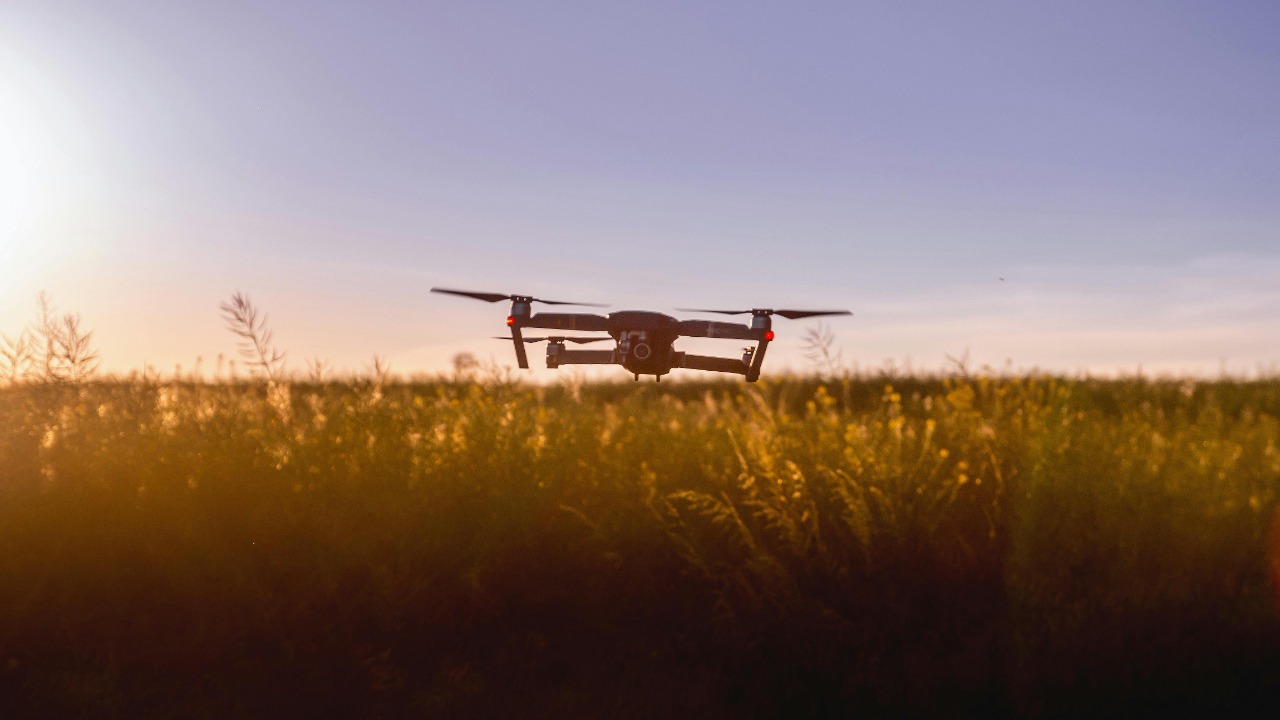
In recent years, drones have become a pivotal tool in the transformation of agriculture, offering innovative solutions that were once unimaginable. As technology continues to advance, drones enable farmers to enhance their productivity, efficiency, and sustainability. Let’s explore the various ways drones are making a significant impact on the agricultural landscape.
1. Precision Crop Monitoring
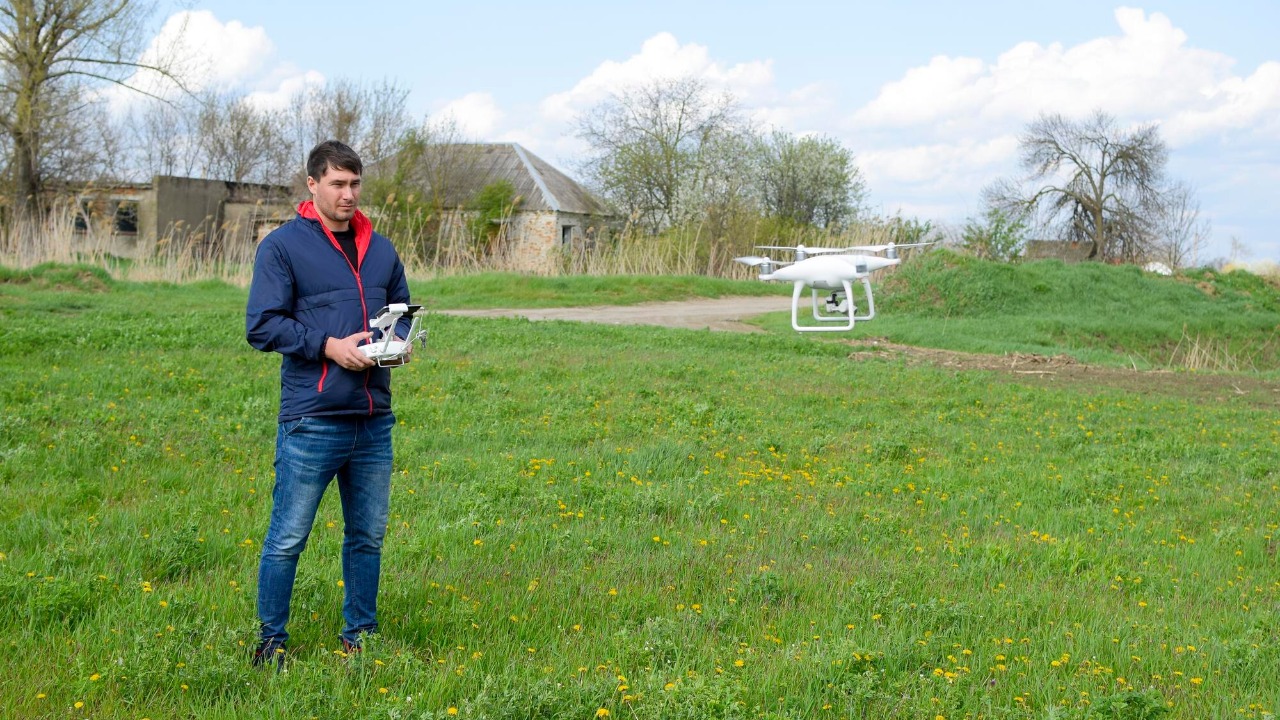
One of the most significant advantages of drones in agriculture is their ability to provide precision crop monitoring. By capturing high-resolution aerial images, drones help farmers assess crop health and identify areas that require attention. This level of detail allows for precise interventions, reducing waste and optimizing resource use.
Farmers can monitor plant growth, detect problems early, and make informed decisions to improve yields. For instance, using multispectral sensors, drones can analyze plant health by assessing the reflectance of different wavelengths of light, providing critical insights into photosynthetic activity and crop vigor.
2. Efficient Irrigation Management
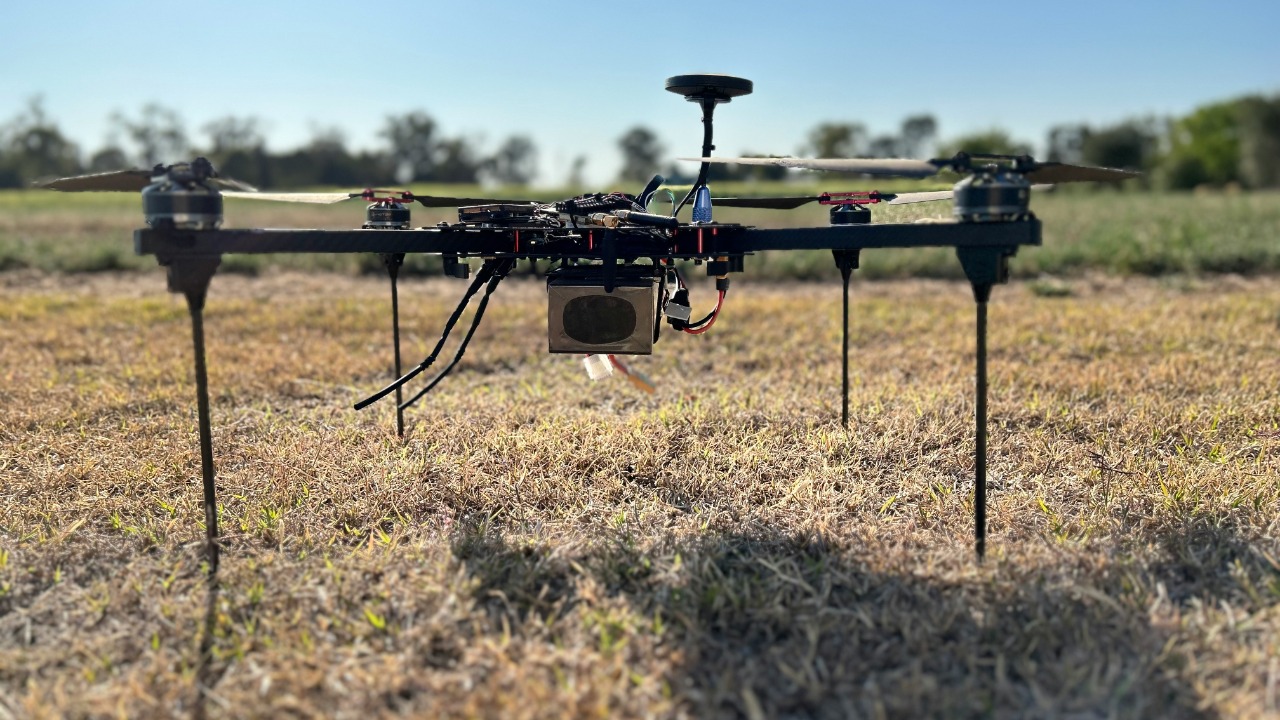
Drones play a crucial role in efficient irrigation management by helping farmers optimize water distribution. Equipped with thermal cameras, drones can identify areas of a field that are too dry or overwatered, enabling targeted irrigation strategies. This not only conserves water but also ensures that crops receive the right amount of hydration.
By analyzing data collected by drones, farmers can design more efficient irrigation systems, reducing water waste and improving crop yield. In regions where water scarcity is a concern, these insights are invaluable for sustainable farming practices.
3. Enhanced Soil Analysis

Soil health is fundamental to successful agriculture, and drones are revolutionizing how soil is analyzed. By capturing detailed images and using specialized sensors, drones can assess soil properties such as moisture content, nutrient levels, and compaction. This information helps farmers make data-driven decisions to enhance soil fertility and structure.
For example, drones can map soil variability across a field, allowing for precision fertilization. This targeted approach minimizes the use of fertilizers, reducing environmental impact and lowering costs. As soil health directly impacts crop productivity, these insights are crucial for sustainable farming.
4. Livestock Tracking and Management
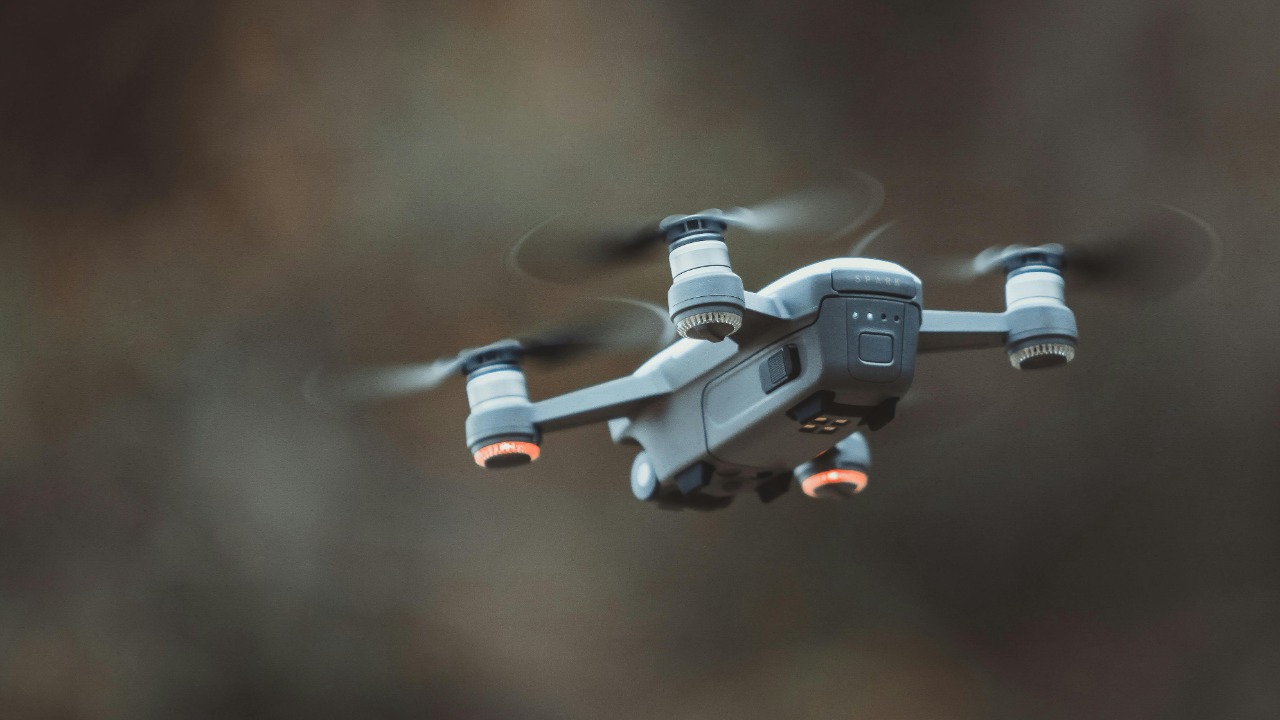
Drones are not just for crops; they are also transforming livestock management. By providing a bird’s-eye view of grazing patterns, herd movements, and general animal welfare, drones offer valuable insights to farmers. This real-time monitoring allows for quick identification of issues such as injuries or straying animals.
Some farmers are even using drones equipped with thermal cameras to track livestock at night. This technology enhances security and ensures that livestock remain within designated areas, reducing losses and improving overall herd management.
5. Early Pest and Disease Detection
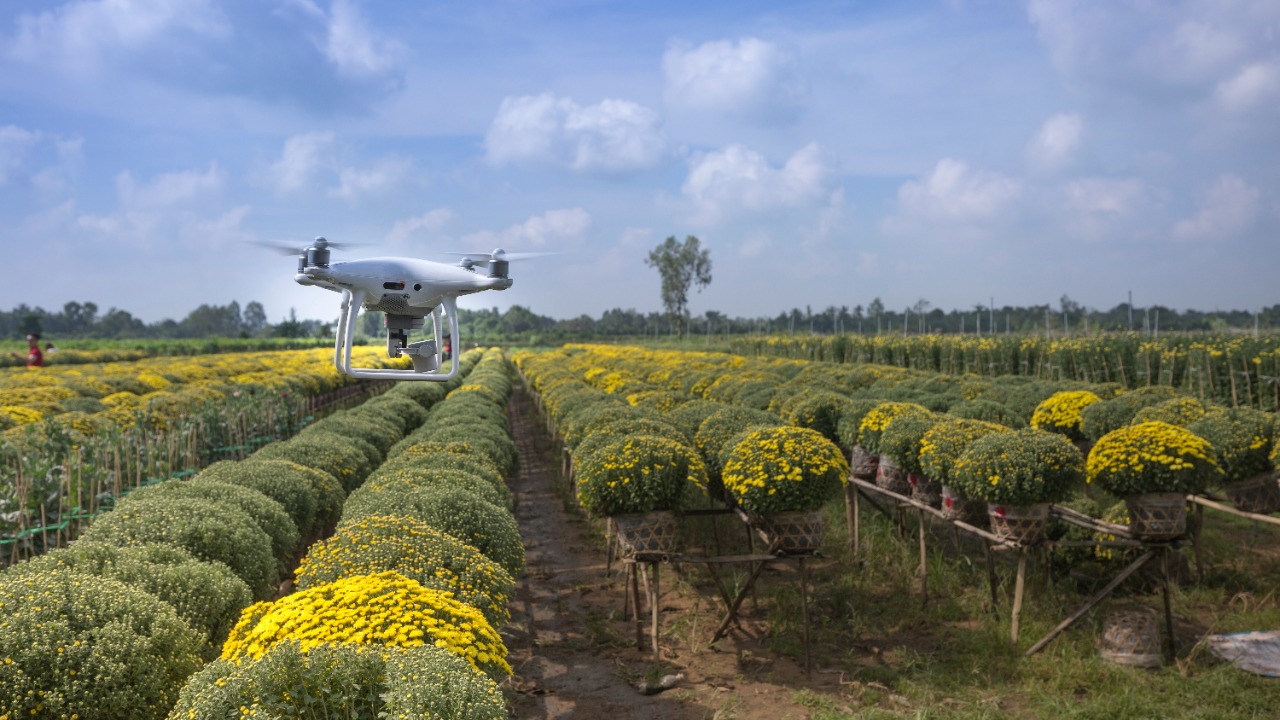
The early detection of pests and diseases is crucial for protecting crops and ensuring high yields. Drones can be deployed to scout for signs of infestation or disease, providing farmers with timely information to take action. By analyzing images and data collected by drones, farmers can detect subtle changes in plant health that may indicate an underlying issue.
This proactive approach allows for targeted treatments, reducing the need for widespread pesticide use and minimizing environmental impact. As a result, drones are becoming an essential tool in sustainable pest and disease management.
6. Advanced Plant Breeding Techniques

Drones are playing a pivotal role in advancing plant breeding techniques by providing detailed images and data that help researchers select the best-performing plants. By analyzing plant traits such as size, shape, and color, drones assist in identifying desirable characteristics for breeding programs.
This technology accelerates the breeding process by providing comprehensive data on plant performance across different environmental conditions. As a result, researchers can develop new crop varieties that are more resilient, productive, and suited to specific climates.
7. Streamlined Crop Spraying

Crop spraying is a critical aspect of modern agriculture, and drones are making this process more efficient and precise. By using drones for crop spraying, farmers can apply fertilizers and pesticides with pinpoint accuracy, reducing waste and environmental impact. This method ensures that chemicals are only used where needed, minimizing exposure to non-target areas.
Furthermore, drones can cover large areas quickly, making them ideal for farms of all sizes. This efficiency translates to cost savings and improved crop health, as treatments can be applied promptly and evenly.
8. Optimized Harvest Planning

Harvesting is a complex process that requires careful planning, and drones are helping farmers optimize their harvest strategies. By providing real-time data on crop maturity and field conditions, drones enable farmers to schedule harvests at the optimal time, ensuring maximum yield and quality.
This technology also aids in logistics, as farmers can assess field conditions and plan the movement of machinery and labor more effectively. By reducing bottlenecks and improving efficiency, drones are streamlining the entire harvest process.
9. Improved Data Collection and Analysis
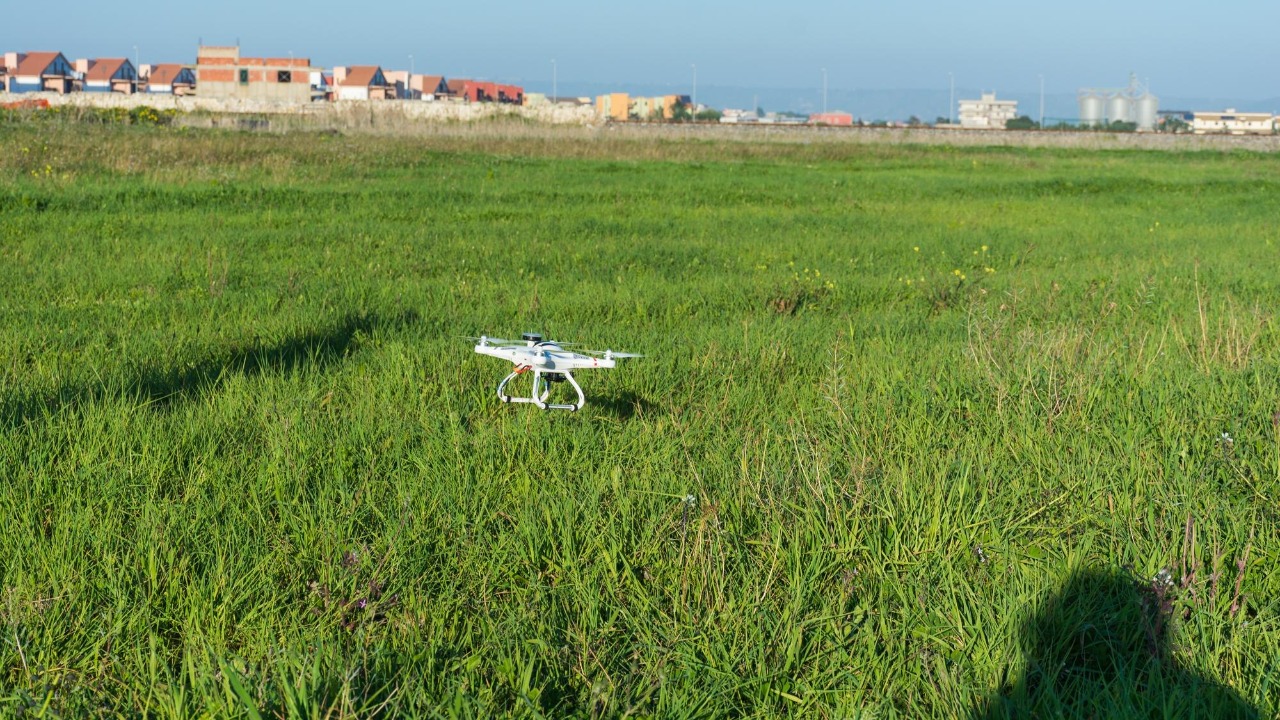
The data collected by drones is invaluable for improving agricultural practices and outcomes. By analyzing this data, farmers gain insights into crop performance, soil health, and environmental conditions. This information empowers farmers to make informed decisions that enhance productivity and sustainability.
Many farmers are now integrating drone data with other technologies, such as IoT devices and AI analytics, to create comprehensive farm management systems. These systems provide a holistic view of farm operations, enabling farmers to optimize every aspect of their agricultural practices.